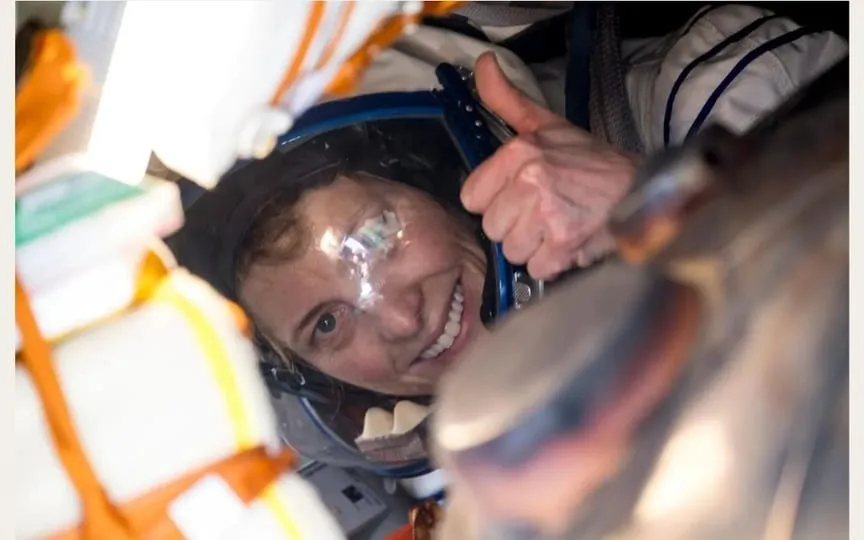Get to know all about the Artemis mission as NASA prepares to launch the Nova-C lunar lander to uncover Moon’s mysteries.
The Artemis mission by NASA has begun its voyage to the Moon by launching Intuitive Machines’ Nova-C lunar lander, named Odysseus, on a SpaceX Falcon 9 rocket from NASA’s Kennedy Space Center in Florida at 1:05 a.m. EST. This endeavor, which is a part of NASA’s CLPS program and the larger Artemis campaign, intends to transport a collection of scientific instruments and technology experiments to our closest celestial companion.
Uncovering the Moon’s Environment
According to the US space agency, the Nova-C lander is equipped with various payloads designed to study various aspects of the lunar surface environment and test critical technologies for future lunar exploration missions. These payloads provide insights into cloud-surface interactions, space weather, radio astronomy, and precision computing techniques, among other areas of scientific interest.
NASA Administrator Bill Nelson emphasized the importance of these deliveries, emphasizing their role in advancing lunar exploration and supporting the growing commercial space economy. The Artemis mission represents a key step in humanity’s efforts to return to the lunar surface after more than half a century.
The main scientific instruments on the lander are the Navigation Sampler, Laser Retroreflector Array, Navigation Doppler Lidar, Radio Frequency Mass Gauge, Radio-wave Observations instrument and stereo cameras for lunar cloud surface studies. These instruments collect information about various lunar phenomena and help to understand the surface environment of the Moon.
Landing location and mission duration
The Nova-C lander, scheduled to land near the Moon’s south polar region on February 22, will explore a relatively flat and safe region known as Malapert A. This landing site will provide valuable insights into the challenges of communication and data transmission from places where the Earth is low on the lunar horizon.
Scientific data collected during the mission will contribute to ongoing efforts to prepare for manned Artemis missions, paving the way for the first woman and first person of color to explore the Moon. Through Artemis, NASA aims to establish a sustainable human presence on the lunar surface and expand our understanding of the solar system.
Look forward
The Moon mission of NASA’s Artemis program aims to pave the way for future human exploration. It represents a major step toward the goal of sending the first woman and first person of color to explore the lunar surface. Through these missions, NASA continues to push the boundaries of space exploration and scientific discovery.




